Dog training brings a variety of rewards. In addition to your dog's behavior improving, you will be a better owner. The tips below can help you train your dog correctly. You'll be so happy during the sessions and afterward.
When you are working on crate training with your new dog or puppy, always take steps to let them know it's their home. Feed your dog inside the crate with the door open. This way, your dog will associate positive things with being inside the crate.
Your dog should be eating the right amount of healthy food. A dog with an unhealthy diet may manifest several symptoms, including sluggishness and poor behavior. Not only does it affect the dog's health, but it can have an impact on its behavior. Sometimes, it is possible to improve your pet's behavior and cooperation simply by improving the quality of his or her diet.
Give your puppy some toys to chew on so they do not hurt while teething, keep other things they might want to chew on out of their reach! You should replace the object with a chew toy as soon as this occurs so your dog understands what is okay to chew on. If your puppy is in a lot of pain due to teething, a frozen wet washcloth is ideal for him to chew on.
Training sessions should be very short. Since dogs have a tough time paying attention, you do not want to draw out the process. If you want to do anymore training, let the dog have a play break for stretching and relaxing before continuing with their training.
Have verbal cues so that your pet will know exactly when they complete a command correctly. The word "yes" can be the bridge between rewards and good behavior.
Dog training means consistency. Use his or her name when giving a command. Then, say the command. Dogs know their name and will be attentive when you speak it.
Praising your pooch is an absolute must during training sessions. Show enthusiasm, smile widely and make sure the dog gets treats after exhibiting the behaviors you want. Do not reward your dog after bad behavior, it will get confused.
Dogs need routine, so feed your dog at the same time every day. This also helps with training. This can help you avoid accidents on the carpet by becoming aware of when the dog needs to go. Following a schedule will also help your dog learn how to "hold it" until his next potty break.
Use the appropriate tone of voice when you are correcting your pet. Dogs are often closely attuned to a trainer's mindset and feelings. If you want to correct bad behavior, try a disapproving tone with your dog.
Training lessons should be kept short. Dogs can't concentrate for long periods of time, so long training sessions are pointless. If you desire to do a lot more training, be sure to give your dog breaks in between training sessions.
These tips should have given you some great starting points. Use this advice to improve the success of your next dog training session.

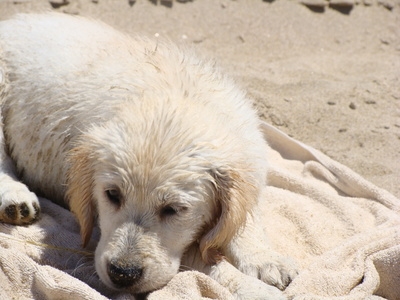 Labrador Puppy Training
Labrador Puppy Training
Labrador Puppy
Labrador Puppy Training
Labrador Puppy Training
Labrador Puppy
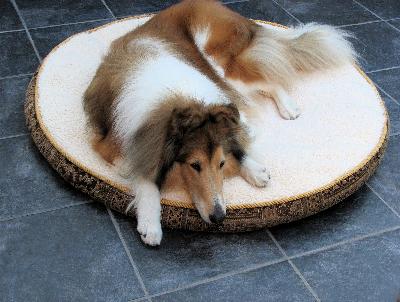 How to House-Train an Adult Dog
How to House-Train an Adult Dog
How to
How to House-Train an Adult Dog
How to House-Train an Adult Dog
How to
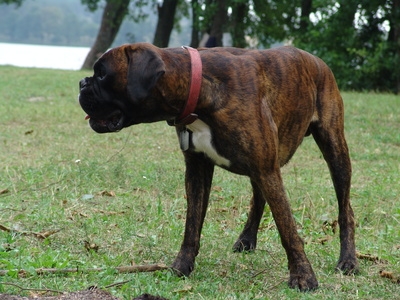 What Training Methods Work Best on Dogs?
What Training Methods Work Best on Dogs?
What Training Methods Work Best on Dogs?
What Training Methods Work Best on Dogs?
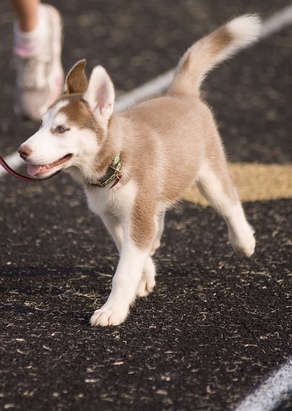 Puppy Training by Age
Puppy Training by Age
Puppy Training b
Puppy Training by Age
Puppy Training by Age
Puppy Training b
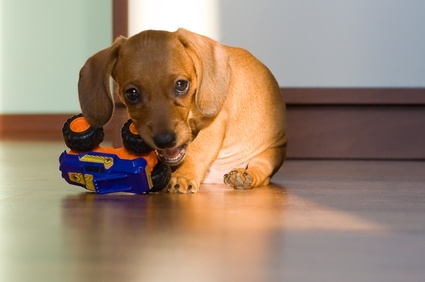 Grass for Puppy Potty Training
Grass for Puppy Potty Training
Grass f
Grass for Puppy Potty Training
Grass for Puppy Potty Training
Grass f